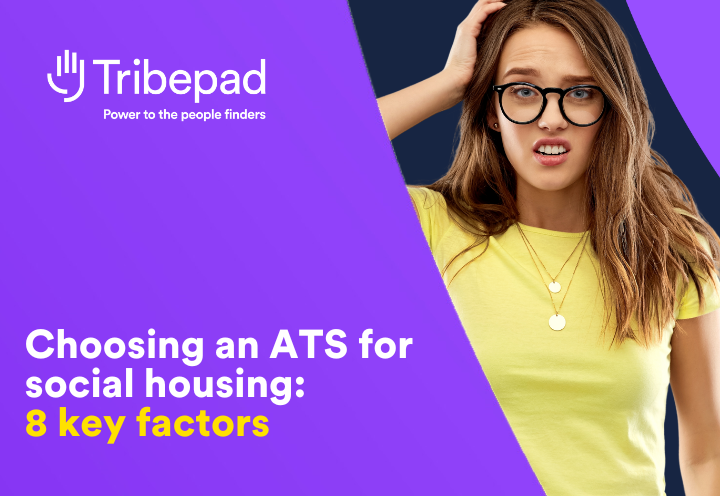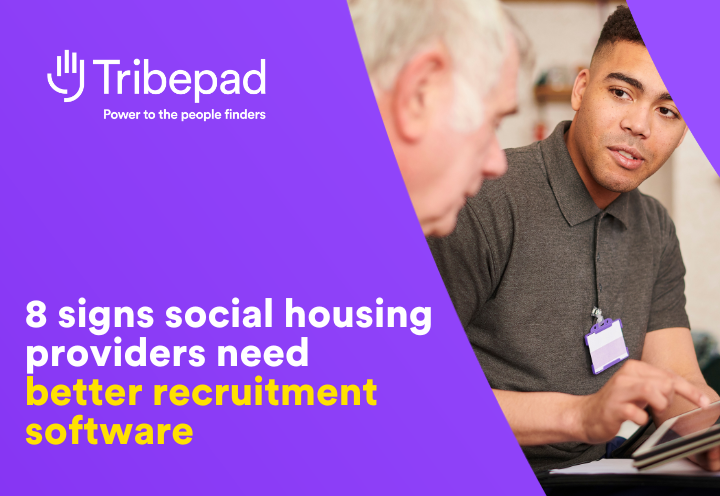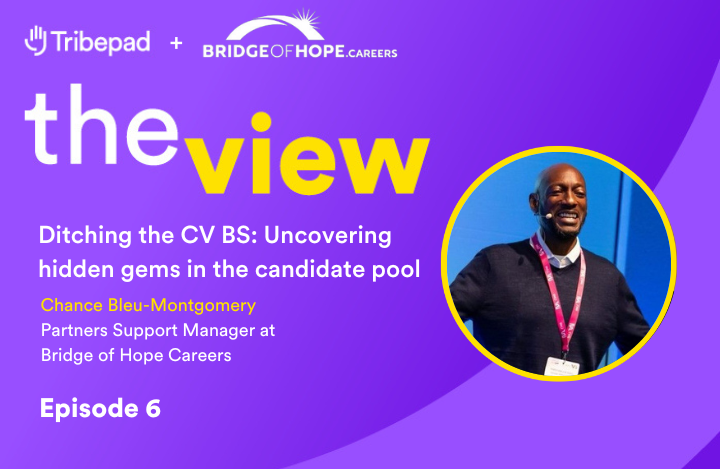Be known by your contribution: steps to removing disability bias in the recruitment process.
An ideal recruitment process would be fully meritocratic: the applicant best suited to a vacancy would be hired regardless of their appearance or physical condition.
However, a government report from 2012 found that just “46.3% of working-age disabled people [were] in employment compared to 76.4% of working-age non-disabled people”, representing a 30.1 percentage point gap between the two groups. Or in real terms, over 2 million people.
While more recent data isn’t available it can be safely assumed that equilibrium hasn’t been reached since 2012; bias, intentional or otherwise, is still present in the recruitment process.
Where are the gaps and barriers?
A report by the Business Disability Forum (BDF) states that “unconscious biases are often built into talent attraction strategies that work against attracting disabled talent”; a mystery shopper styled study they carried out found that just 25% of businesses “appeared to have an interest in hiring people with disabilities”.
This lack of engagement manifested itself in various ways:
- “Lack of visibility about disability on corporate websites”
- “Use of imagery suggesting no commitment to diversity”
- “No specific actions to encourage recruitment of disabled talents”
Not reassuringly, it also found that just 5% of employers were “clear and upfront about their willingness to make adjustments for disabled candidates as part of the application process”. The latter is important and shouldn’t be assumed: a disability recruitment event in one particular country was hosted on the top floor of an office building… without any lifts.
The BDF report makes vital reading.
Can you ensure you are offering equal opportunities?
Thankfully it’s not left to individual recruiter’s whims or opinions to dictate whether they’ll consider people with disabilities for their vacancies, as legislation exists around the world to protect these applicants and offer them equal opportunities. The Disability Discrimination Act (DDA) is enacted in the UK, the Equal Employment Opportunity Commission (EEOC) and Americans with Disabilities Act (ADA) cover America, and the UN’s Rights of Persons with Disabilities Convention reaches beyond borders.
A dedicated section of the gov.uk website outlines the process for achieving an inclusive and unbiased recruitment process, but procedural considerations in the recruitment process to ensure these criteria are met are necessary too. Both to put you in line with legislation and, beyond ‘ticking boxes’, to ensure you get the best-fit candidate for the vacancy you are advertising.
Real world examples of this done right
Progress is being made. Some high-profile companies such as the BBC organise networking and recruitment events specifically for applicants with disabilities, and dedicated recruitment agencies exist for getting people with disabilities into work.
Several high-profile assignments prove time and again that people with disabilities can succeed in the workplace, even in roles that people would assume aren’t compatible with certain disabilities. Whilst it’s symptomatic of the deeper issue that this reassurance needs to be given, the articles in question make for uplifting reading: an article in which a blind programmer at Google explains how he circumvents these expected barriers is a prime example.
How can you up your game?
Using recruitment software that’s been designed with these considerations in mind saves you time and effort in achieving a fairer recruitment process. The Tribepad platform takes several of these considerations into account.
Our platform is OFCCP compliant and offers the opportunity to keep applications anonymous throughout the recruitment process, removing the possibility of candidates to be removed because of disabilities:

And we have been independently tested against AAA standards and various diversity monitoring systems, ensuring accessible use both on our site and our platform:




